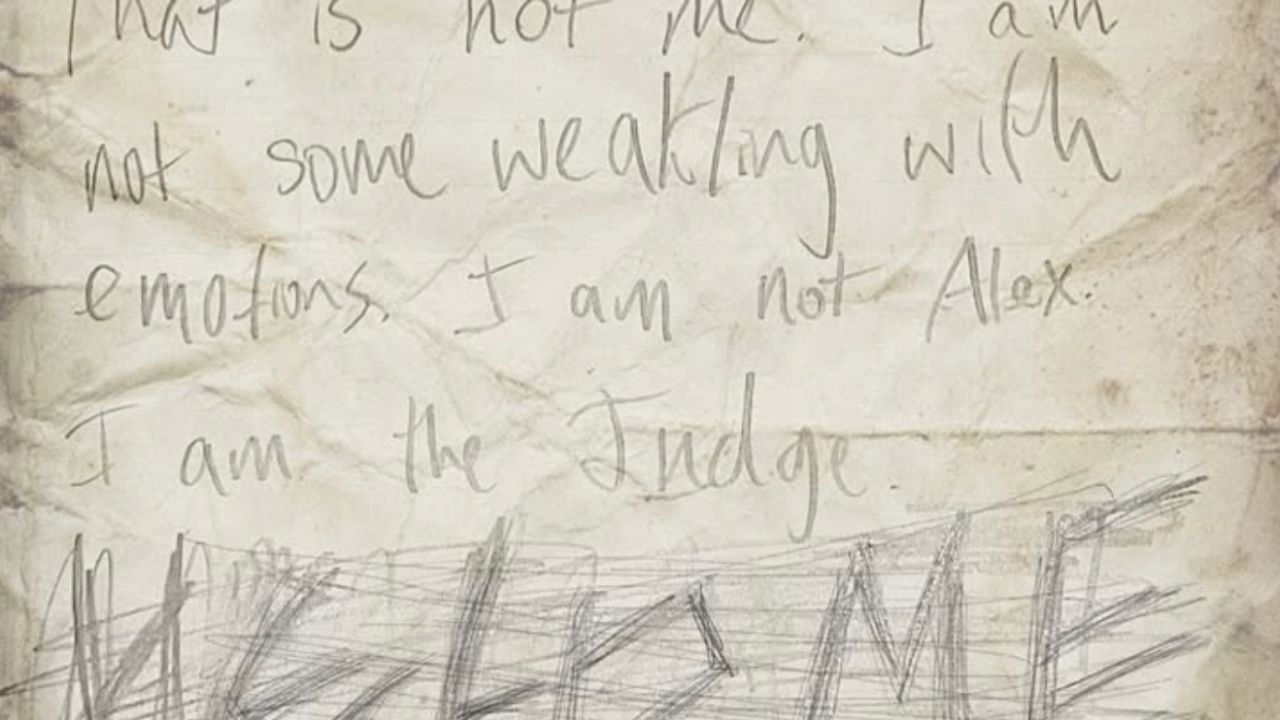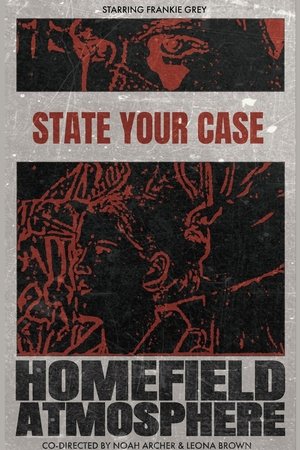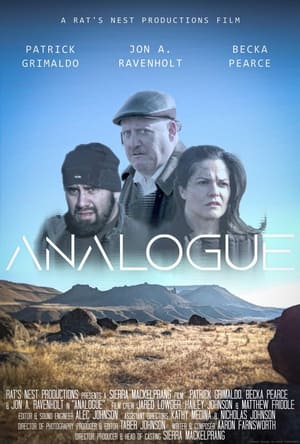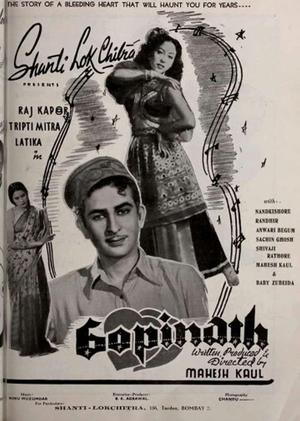

Homefield Atmosphere(2025)
How would you react to the loss of the world as you know it?
The film follows a feminine nonbinary individual as they make their way through an unfamiliar and unforgiving world. Along the way, she'll face environmental hazards, bootlicking looters, and risk losing her only friend.
Movie: Homefield Atmosphere
Top 4 Billed Cast
Video Trailer Homefield Atmosphere
Similar Movies
Operations in Public Shelters(en)
A heavily dramatized Civil Defense film that demonstrates how a public fallout shelter is supposed to function after a nuclear attack. This scenario takes place in a fictional any town called "Middlebury". The film describes the situation in a public shelter in Middlebury following an attack on the United States.
Planning for Public Shelter Entry(en)
The film features a meeting led by Dave Taylor, the shelter manager, discussing the protocols and responsibilities for staff members involved in managing a public shelter. Key participants, including operations deputy Harvey Johnson and health leader Mrs. Carter, outline their roles in ensuring a smooth entry for occupants during an emergency. The meeting emphasizes the importance of organization, communication, and the distribution of supplies. Staff members are encouraged to familiarize themselves with each other's duties and prepare for potential scenarios, including managing newcomers and ensuring safety and sanitation within the shelter.
Planning For Emergence From Public Shelters(en)
A training film for public shelter managers explaining when people should be allowed to leave the shelter after a disaster.
Walt Builds a Family Fallout Shelter(en)
A man named Walt who has recently completed building a fallout shelter in his home, a project initiated due to the threat of nuclear war during the Cold War era. Walt demonstrates to his friends the multi-functionality of the shelter, which can also serve as a darkroom, an extra bedroom, or a safe space during tornadoes. He explains the construction process in detail, emphasizing the need for precise measurements, proper leveling, and the use of concrete blocks for radiation protection. The shelter includes a stock of essentials like a radio, batteries, and a fire extinguisher. Walt’s narrative is interspersed with advice on obtaining official bulletins for guidance and the importance of building shelters correctly. The film concludes with a message from the Director of the Office of Civil and Defense Mobilization, advocating for the construction of family fallout shelters across America as a means of personal safety and national security in the nuclear age.
Public Shelter Organization and Staff(en)
Created in 1963 at the height of the Cold War, this Civil Defense training film uses a dramatic premise to show how emergency staff should manage and organize a large public fallout shelter during a crisis. A Shelter Manager is shown immediately taking control of the situation in the shelter, speaking calmly to those who have made it into the facility, closing the door promptly once the shelter is full, and sticking to the "shelter plan" as the situation unfolds. Some of the areas discussed in this nuclear war drama are the safety plan, regular inspections, supervised public entry into shelters, ventilation, first aid, sanitation, fire prevention, decontamination of personnel, and more. "Shelter living is different," the Manager states, "But we have a trained staff that will make your stay in this shelter livable for us all."
Shelter on a Quiet Street(en)
This Cold War civil defense film attempts to persuade viewers that building a home fallout shelter is a smart thing to do, and they are easy and economical to build. The film shows how to construct a durable, concrete shelter suitable for surviving a nuclear blast; it was made in 1963 and presented by the Department of Defense. The basic premise of the film is that it follows Civil Defense Director Hank Adams as he guides the Warren Family through construction of their own basement fallout shelter. The original catalog entry for this movie noted that: "This film is designed not only for those living in suburban or rural areas too far removed from the nearest community shelter-but also for those in urban sections who, for reasons of personal preference or convenience, would rather rely on a family shelter for fallout protection."
Information Program Within Public Shelters(en)
This Cold War film "Information Within Public Shelters" (1953) takes place in a fallout shelter, showing how a well-trained staff that provides information to shelter occupants, can keep them busy and calm during nuclear armageddon. This film was produced as the U.S. Government began to shift from promoting privately-owned "family" fallout shelters to the concept of large, public shelters.
Fallout Shelter: What Is It?(en)
Educational film for civil defense personnel on requirements for a fallout shelter. Explains types of shelters and degrees of protection.
About Fallout(en)
Discusses the physics, effects and defense against nuclear fallout. Describes the phenomena of natural radiation and the dangers of fallout. Explains the value of time, distance and mass in weakening the effect of residual radiation. Examines the effects of radiation on the body, food and water. Underscores adequate shelter and prescribed decontamination measures.
 6.0
6.0Analogue(en)
Tom and Ann are hunted by a corrupt company in a dystopian world after escaping a morally ambiguous facility.
 6.0
6.0Kôkô kyôshi: bôkei(ja)
A high school teacher runs afoul of a vindictive female student and is terrorized by a stalking rapist. But despite her fright she finds her body passionately responding with each new attack.
 2.0
2.0SM kyoshitsu: shikkin(ja)
A timid man with a domineering wife takes S&M lessons to get revenge.
 10.0
10.0Hollywood Dream(ru)
Anya is sent under a contract to Los Angeles to work in a modeling agency. Waking up after a party, she finds a bloody knife in her hands. She is suspected of a crime, but unraveling the secrets of the young model will not be easy at all.
 0.0
0.0Amar Prem(hi)
Amar Prem is a movie directed by N.M. Kelkar featuring Madhubala, Alka Rani.
 0.0
0.0Gopinath(hi)
Mohan is fascinated by films and eventually meets a big movie star. The actress, in turn, is charmed by his simple ways. His increasing affection for her is merely a game for the actress.
 0.0
0.0Chittor Vijay(hi)
Chittor Vijay is a 1947 Hindi language film directed by Mohan Sinha, featuring Raj Kapoor and Madhubala in the lead roles.



